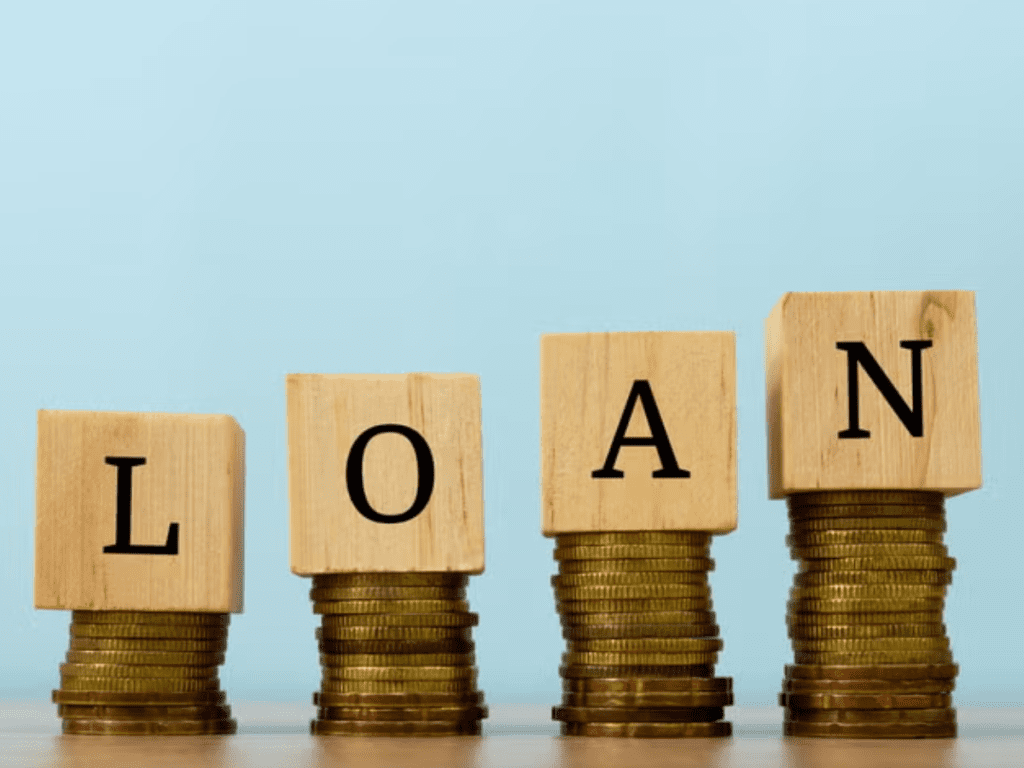Introduction
Purchasing a home is one of the most significant investments you will ever make in your life. Whether you’re a first-time buyer or looking to refinance, getting approved for a home loan is crucial to making your dream of homeownership a reality. The process can be overwhelming, but with the right approach, you can navigate it smoothly. In this article, we will guide you through the steps to get approved for a home loan, offering tips and tricks to improve your chances of success.
1. Understand the Types of Home Loans
The first step in applying for a home loan is understanding the different types of loans available. Each loan type has its own requirements, benefits, and drawbacks. Here are some common types:
- Conventional Loans: These are standard loans not backed by the government. They tend to have stricter requirements but may offer lower interest rates if you have a strong credit history and financial background.
- FHA Loans: These are government-backed loans designed for first-time homebuyers or those with less-than-perfect credit. They generally require a smaller down payment, but you will need to pay for mortgage insurance.
- VA Loans: These loans are available to current or former military members and their families. They often require no down payment or mortgage insurance, making them an attractive option for those who qualify.
- USDA Loans: These loans are for homebuyers in rural or suburban areas and are backed by the U.S. Department of Agriculture. They typically require no down payment and have lower interest rates.
Each loan type has its own eligibility criteria, and understanding these options will help you choose the right one for your needs.
2. Check Your Credit Score
Your credit score is one of the most important factors that lenders use to determine whether you qualify for a home loan. It represents your creditworthiness and shows lenders how likely you are to repay the loan on time. A higher credit score generally increases your chances of approval and may result in a lower interest rate.
- Excellent (750+): You’ll likely have access to the best loan terms and lowest interest rates.
- Good (700-749): You will still qualify for a favorable loan, though your interest rates may be slightly higher.
- Fair (650-699): You may qualify for a loan, but expect higher interest rates and potentially more stringent terms.
- Poor (600-649): You may find it more challenging to get approved, but certain government-backed loans may still be an option.
- Very Poor (below 600): You may face significant difficulties in obtaining a loan, and you might need to work on improving your credit score before applying.
If your credit score is below 700, it is highly advisable to take steps to improve it before applying for a home loan. You can do this by paying off outstanding debts, reducing your credit card balances, and making sure to pay bills on time.
3. Save for a Down Payment
While there are some loan options that require little to no down payment (such as VA and USDA loans), most traditional loans require at least a 3% to 20% down payment. The larger your down payment, the less you will need to borrow, and the more favorable your loan terms may be.
Lenders view a larger down payment as a sign of financial stability and lower risk. If you can afford to make a larger down payment, consider doing so. It can also help you avoid paying private mortgage insurance (PMI), which is required if your down payment is less than 20%.
If saving for a down payment seems challenging, there are several ways to increase your savings, including:
- Cutting unnecessary expenses
- Opening a dedicated savings account for your down payment
- Looking for down payment assistance programs
These programs are often offered by state and local governments or non-profit organizations, and they can provide grants or low-interest loans to help with your down payment.
4. Gather Your Financial Documents
When applying for a home loan, lenders will require several documents to assess your financial health and ability to repay the loan. These documents provide evidence of your income, assets, and overall financial stability. Some of the most common documents you’ll need include:
- Proof of income: Pay stubs, tax returns, or other documentation that shows your income over the past two years.
- Credit report: The lender will obtain your credit report, but it’s a good idea to review it beforehand to ensure it’s accurate.
- Tax returns: Lenders typically ask for the last two years’ worth of tax returns to verify your income and tax status.
- Bank statements: You’ll need to provide statements for the last two to three months to show your savings, checking, and retirement accounts.
- Proof of employment: A letter from your employer or recent pay stubs can verify your job status and salary.
- Debt information: Lenders will want to know your current debts (e.g., car loans, student loans, credit card debt) and monthly payments.
Having these documents organized and readily available will streamline the application process and demonstrate that you’re serious about purchasing a home.
5. Reduce Your Debt-to-Income Ratio
Your debt-to-income (DTI) ratio is a key metric that lenders use to determine your ability to repay the loan. It compares your monthly debt payments to your gross monthly income. Lenders typically prefer a DTI ratio below 36%, though some may approve loans with higher ratios.
To calculate your DTI ratio, add up all of your monthly debt payments (including credit cards, car loans, student loans, and mortgage payments) and divide the total by your gross monthly income. For example, if you earn $5,000 per month and your monthly debt payments total $1,500, your DTI ratio would be 30%.
If your DTI ratio is too high, consider paying down some of your debts before applying for a mortgage. This will not only improve your chances of approval but may also result in a better interest rate.
6. Shop Around for the Best Mortgage Rates
Not all lenders offer the same interest rates or terms, so it’s important to shop around and compare offers from multiple lenders. Even a small difference in interest rates can make a significant impact on your monthly mortgage payment and the total cost of the loan over its lifetime.
You can obtain mortgage quotes from banks, credit unions, and online lenders. Be sure to compare not only the interest rates but also any fees and additional costs associated with the loan.
In addition to interest rates, consider the following:
- Loan term: Most mortgages come with either a 15-year or 30-year term. A shorter loan term usually means higher monthly payments but less interest paid over the life of the loan.
- Closing costs: These are fees associated with the loan application and home purchase, such as appraisal fees, title insurance, and loan origination fees.
- Prepayment penalties: Some loans charge a fee if you pay off the loan early, so make sure to check for this clause.
7. Be Prepared for the Appraisal Process
Once you’ve applied for a mortgage, the lender will typically order an appraisal to determine the market value of the home. This is important because the lender wants to ensure that the property is worth the amount you’re borrowing.
If the appraisal comes back lower than expected, the lender may require you to either put down more money or back out of the loan. This is why it’s important to research home prices in the area and make sure the home is reasonably priced before making an offer.
8. Stay Consistent in Your Financial Habits
Once you’ve been approved for a home loan, it’s essential to maintain your financial stability throughout the process. Lenders will often check your credit and financial status again before finalizing the loan, so it’s important to avoid making any significant changes during this time.
This means:
- Avoid large purchases: Don’t take on new debt (like buying a car or opening a new credit card) during the application process.
- Don’t change jobs: Lenders prefer borrowers with stable employment, so switching jobs may raise red flags.
- Don’t make late payments: Keep making all your current debt payments on time to maintain your credit score.
9. Consider a Co-Signer
If you’re having difficulty getting approved due to a low credit score or high debt-to-income ratio, you might consider asking a family member or close friend to co-sign the loan. A co-signer is someone who agrees to take on the responsibility of the loan if you’re unable to make payments.
Having a co-signer can improve your chances of approval and may result in a better interest rate, but it’s important to remember that the co-signer is equally responsible for the loan. This is a big commitment, so make sure to discuss the arrangement thoroughly before moving forward.
10. Know What to Expect During the Closing Process
Once you’ve been approved for a loan, the final step is closing on the home. During the closing process, you’ll sign the necessary documents and officially take ownership of the property. You’ll also be required to pay closing costs, which typically range from 2% to 5% of the loan amount.
Be prepared to review the closing disclosure, which outlines the terms of the loan, including the interest rate, monthly payment, and any fees associated with the loan. If everything looks good, you’ll sign the documents, pay the closing costs, and receive the keys to your new home.
Conclusion
Getting approved for a home loan requires preparation, patience, and careful planning. By understanding the loan types, improving your credit score, saving for a down payment, and reducing your debt-to-income ratio, you can increase your chances of getting approved for a mortgage. Shopping around for the best rates and staying consistent with your financial habits will help you secure the best terms possible. By following these tips and tricks, you’ll be well on your way to homeownership.

